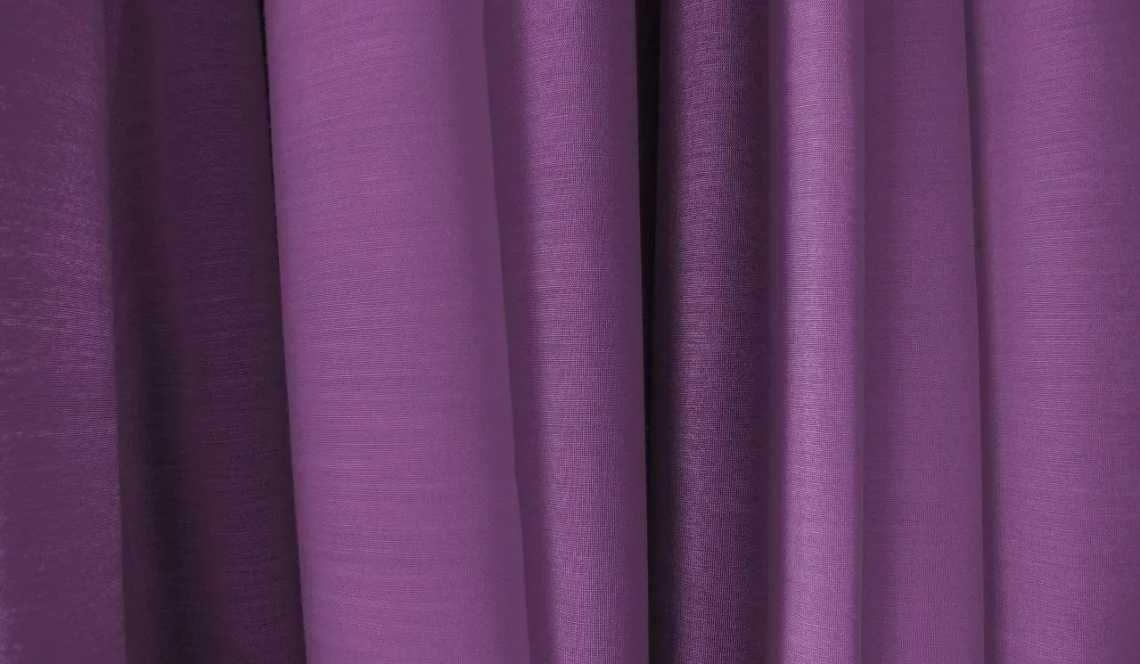
Polyester vs Spandex: Understanding the Key Differences and Uses
The world of textiles is vast and varied, with countless materials available for different purposes. Among these, polyester and spandex stand out as two of the most popular synthetic fibers used in a multitude of applications, from fashion to home furnishings. Understanding these materials and their unique properties can be incredibly beneficial, whether you are a designer, a manufacturer, or simply a consumer looking for the right fabric for your needs.
Polyester is known for its durability, resistance to wrinkles, and ability to retain color, making it a favored choice for clothing and upholstery alike. On the other hand, spandex, also known as elastane, is celebrated for its exceptional elasticity and stretchability, providing comfort and flexibility in activewear and fitted garments. The interplay of these two materials can create a fantastic blend, enhancing the performance and aesthetic appeal of various products.
As we delve deeper into the characteristics and applications of polyester and spandex, we will uncover the reasons behind their popularity in the textile industry. This comprehensive exploration will highlight not only their individual properties but also their combined use in creating high-performance fabrics that cater to a wide range of consumer needs.
Characteristics of Polyester
Polyester is a synthetic fiber derived from petroleum products, primarily known for its resilience and versatility. One of the standout features of polyester is its durability. It is resistant to stretching, shrinking, and wrinkling, making it an ideal choice for garments that require longevity. This durability extends to its colorfast properties, meaning it can retain its vibrant hues even after multiple washes, a quality that is particularly appealing in clothing and home textiles.
Another significant characteristic of polyester is its moisture-wicking ability. Unlike natural fibers, polyester can draw moisture away from the body, making it a popular choice for athletic wear. It helps keep the wearer dry and comfortable during physical activities, which is crucial for performance. Additionally, polyester dries quickly, further contributing to its practicality in activewear and outdoor clothing.
Polyester is also lightweight and easy to care for. It can be machine washed and dried without losing its shape or quality, which is a major advantage for busy individuals. Furthermore, this fabric is often less expensive than its natural counterparts, making it an accessible option for a wide range of consumers.
However, it is important to note that polyester is not biodegradable, raising concerns about environmental impact. As awareness of sustainability grows, many manufacturers are exploring recycled polyester options to mitigate these issues. These recycled variants retain many of the beneficial properties of traditional polyester while offering a more eco-friendly alternative.
In summary, polyester’s durability, moisture-wicking properties, and ease of maintenance make it a favored choice in various applications. Its versatility allows it to be used in everything from clothing to home textiles, solidifying its place in the textile industry.
The Unique Qualities of Spandex
Spandex, also known as elastane, is a synthetic fiber renowned for its exceptional elasticity. Unlike polyester, spandex is not typically used as a standalone fabric; instead, it is often blended with other fibers to enhance their stretchability and comfort. The key characteristic of spandex is its ability to stretch up to five times its original length and then return to its initial shape, making it a valuable asset in the production of form-fitting garments.
This elasticity is particularly advantageous in activewear and athleisure clothing, where freedom of movement is essential. Spandex is commonly found in items such as leggings, sports bras, and swimsuits, providing support and flexibility for various activities. Its ability to mold to the body’s shape not only enhances comfort but also contributes to a streamlined silhouette, making it a popular choice among fashion designers.
In addition to its stretchability, spandex is also resistant to abrasion and deterioration from sweat and body oils. This quality is crucial for maintaining the integrity of garments used in rigorous physical activities. Furthermore, spandex maintains its properties over time, ensuring that garments retain their fit and performance even after repeated wear and washing.
While spandex offers numerous benefits, it is worth noting that it is often blended with other fibers, such as cotton or polyester, to achieve desired fabric characteristics. This blending process allows manufacturers to create materials that balance comfort, durability, and performance, catering to a diverse range of consumer preferences.
In conclusion, spandex’s unique qualities of elasticity and durability make it a popular choice for a wide array of clothing, particularly in activewear. Its ability to enhance the performance and comfort of garments solidifies its importance in the textile industry.
Applications of Polyester and Spandex Blends
The combination of polyester and spandex has led to the creation of a unique fabric that harnesses the strengths of both materials. This blend is particularly popular in the fashion and athletic industries, where performance and comfort are paramount. The resulting fabric is not only stretchable and form-fitting but also durable and moisture-wicking, making it ideal for various applications.
One of the most common uses for polyester-spandex blends is in activewear. The elasticity provided by spandex allows for unrestricted movement, while the durability of polyester ensures that the garments withstand the rigors of exercise. This combination is prevalent in items such as workout leggings, performance tops, and swimwear, where both comfort and functionality are essential.
Beyond activewear, polyester-spandex blends are also utilized in everyday clothing. Many casual and formal garments incorporate this blend to offer a comfortable fit without sacrificing style. The stretchiness of the fabric allows for a flattering silhouette, while the polyester component adds durability, making these garments suitable for regular wear.
Moreover, the blend can be found in home textiles, such as stretchable upholstery fabrics and curtains. These applications benefit from the fabric’s ability to maintain shape and resist wrinkling, ensuring that home furnishings remain looking fresh and vibrant over time.
In the world of fashion, designers often turn to polyester-spandex blends to create innovative designs that require both structure and flexibility. This versatility allows for a wide range of styles, from form-fitting dresses to relaxed-fit tops, catering to diverse consumer tastes.
In summary, the applications of polyester and spandex blends are vast and varied, making them a staple in the textile industry. Their combined properties offer a perfect balance of comfort, durability, and performance, appealing to consumers across multiple sectors.
Choosing the Right Fabric for Your Needs
When selecting the right fabric for a specific application, it is essential to consider the unique properties of polyester and spandex, as well as their blends. Understanding the requirements of your project will help you make an informed decision that meets both functional and aesthetic needs.
For athletic wear, prioritizing moisture-wicking and stretchability is crucial. In this case, a polyester-spandex blend would be ideal, as it provides the necessary elasticity for movement while keeping the wearer dry during exercise. Look for garments labeled as performance or activewear to ensure that they feature these essential qualities.
If you are seeking fabric for casual wear, consider the fit and durability of the material. Polyester garments offer longevity and easy maintenance, while those with spandex will provide a comfortable, form-fitting experience. For everyday clothing, a blend may offer the best of both worlds, combining ease of care with a flattering fit.
In home textiles, it is vital to consider the fabric’s resistance to fading and wrinkling. Polyester is excellent for upholstery and drapery, providing durability and color retention. Blended fabrics can add a touch of stretchability, which can be beneficial for fitted furniture covers or curtains that need to maintain their shape.
Ultimately, the choice between polyester, spandex, or their blends will depend on your specific needs and preferences. Understanding the characteristics of each material will empower you to select the best option for your project, ensuring satisfaction and longevity in your fabric choices.
In conclusion, the differences and uses of polyester and spandex are critical to understanding their role in the textile industry. From athletic wear to everyday clothing and home textiles, these materials offer a wide range of benefits that cater to diverse consumer needs.
**Disclaimer**: This article is intended for informational purposes only and should not be considered medical advice. For any health-related issues, please consult a qualified healthcare professional.




